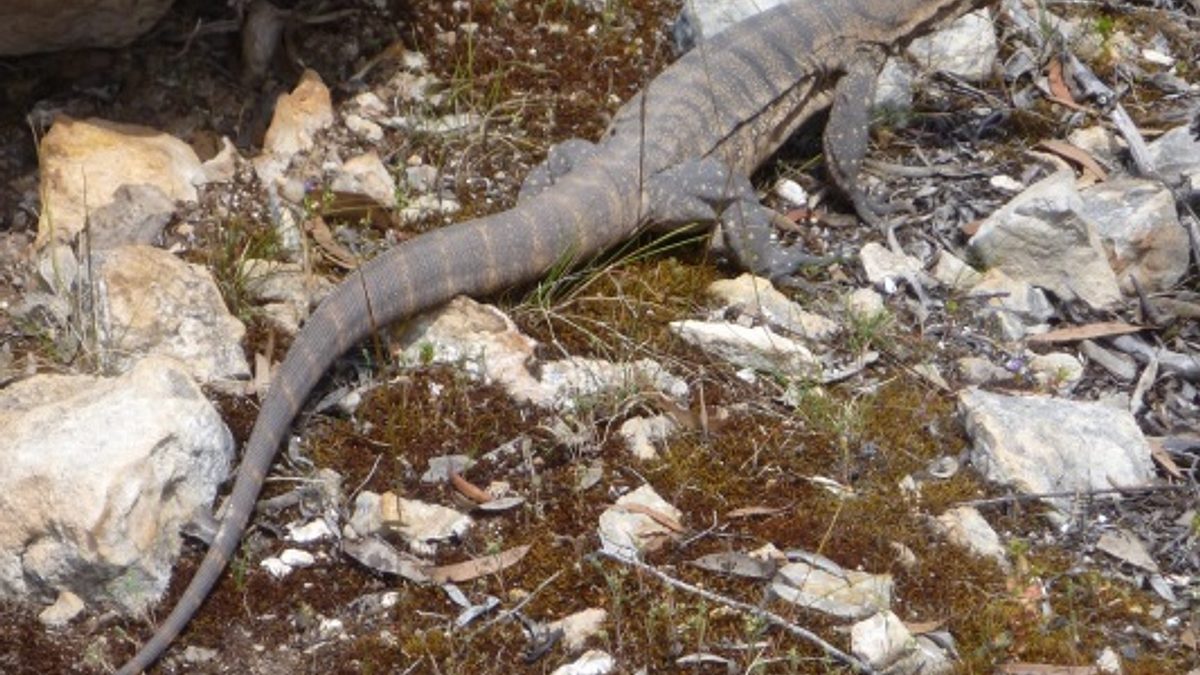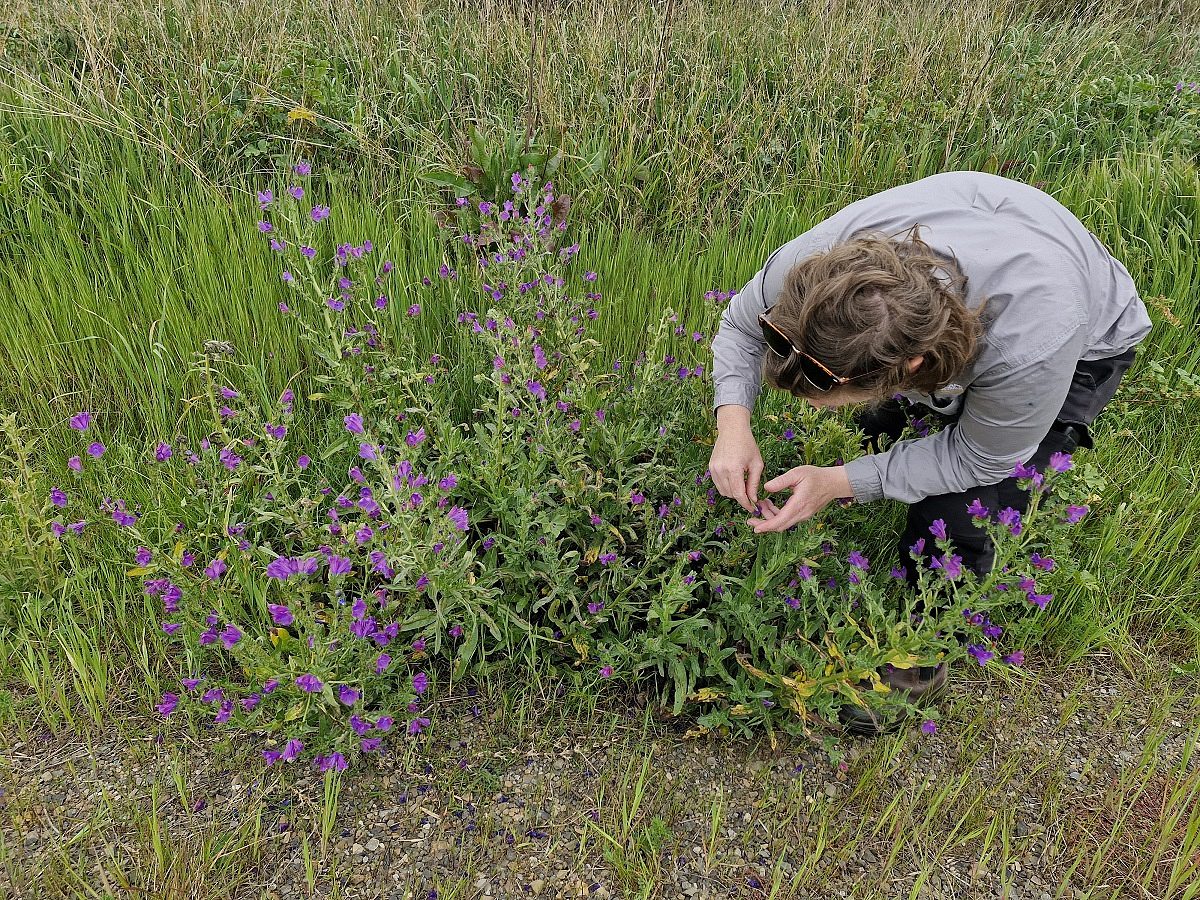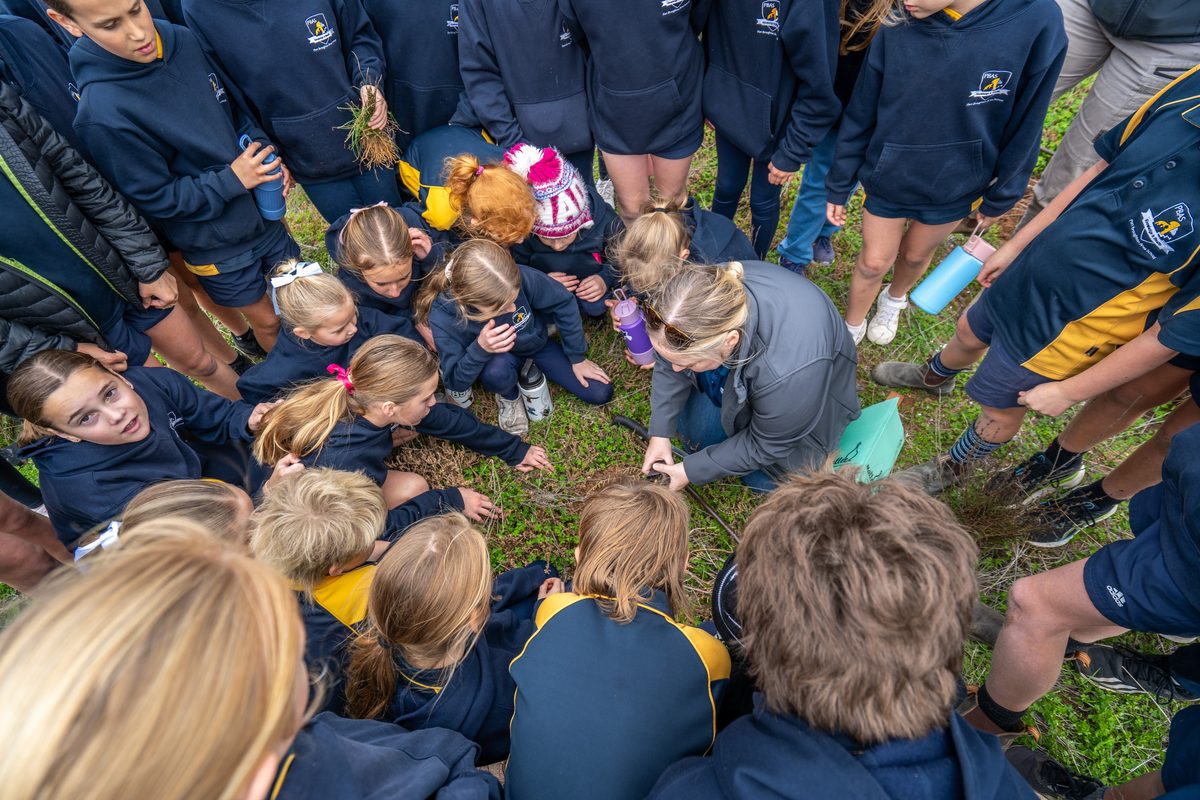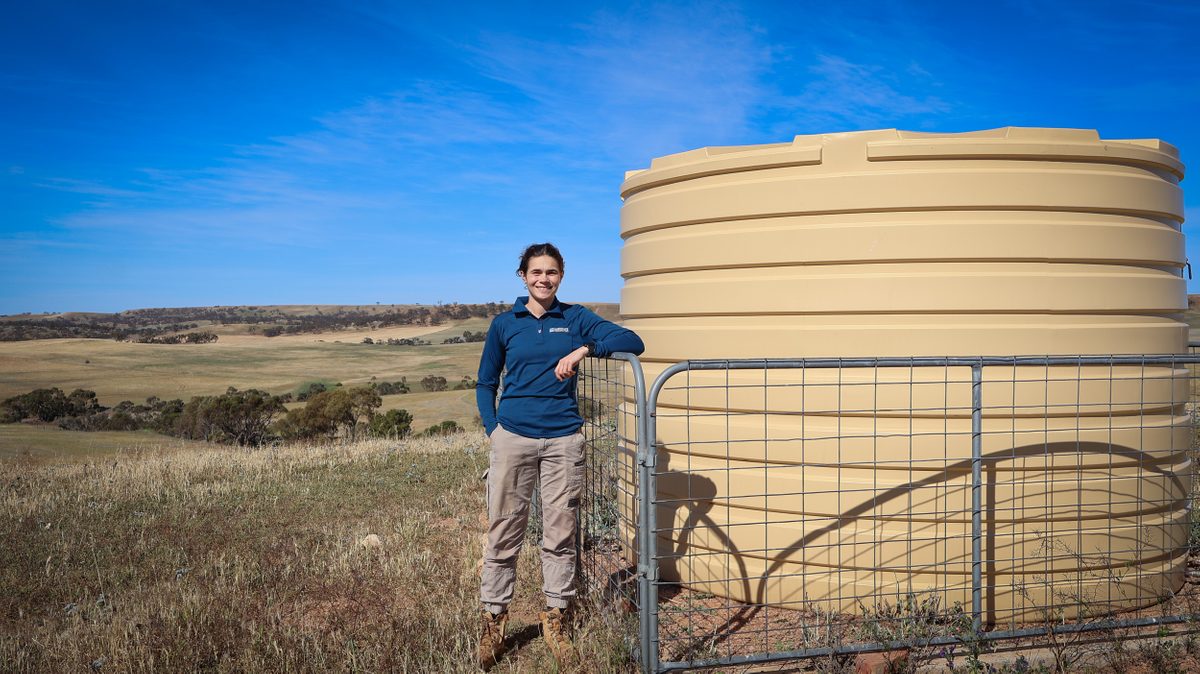Yorke Peninsula farmers watch out for threatened goanna.
From Corny Point to Foul Bay, farmers and locals are keeping a watchful eye out for the locally endangered Heath Goanna, as part of a special study on Southern Yorke Peninsula.
Once found in southern Australia from Perth to Sydney, the Heath Goanna has largely disappeared from the Australian mainland.
”I would really like to thank landholders for allowing us to set up monitoring sites on their land and for reporting sightings past and present,” said Natural Resources Northern and Yorke (NRNY) Regional Ecologist Lee Heard.
More than thirty landholders are taking part in the Heath Goanna Study, with seventy monitoring sites established on Southern Yorke Peninsula. The project is funded by the Australian Government and Northern and Yorke NRM Board.
“The Heath Goanna is the largest native, land-living predator on Yorke Peninsula,” Ms Heard said. “The goannas eat carrion, small birds and mammals, reptiles, insects, spiders and eggs.”
Also known as Rosenberg’s Goanna, heath goannas move between remnant patches of native vegetation to find food and maintain breeding populations.
During late summer, females lay their eggs in active termite mounds. “The mound is the perfect incubator,” Ms Heard said,” providing the right temperature and humidity until the young goannas hatch out in the spring.”
Heath Goanna habitat has become fragmented across much of the animal’s former range. Termite mounds, fallen logs and other critical resources disappeared as land was cleared for cropping and grazing.
During this summer, local farmers, landholders, council officers and NRNY staff reported fifteen sightings, five of which have been confirmed as heath goannas. With only two official records on Yorke Peninsula prior to April 2014 when the study began, researchers are encouraged by the recent sightings.
“We need to know where they are so we can improve their habitat and manage threats to their survival,” Ms Heard said.
She is appealing to anyone who sees live goannas or passes a fresh goanna carcass on the road to stop and take a few photos on their smart phone or camera, record the location, date and time, and forward the information to DEWNRThreatenedWildlife@sa.gov.au
“Although we prefer sightings of live animals, even road-kill can provide valuable information for such a rare species,” said Ms Heard.
“With two different goanna species on SYP, it’s a good idea to get photos. That way we can confirm the sighting and enter it onto our database.”
For more information about the Heath Goanna Study contact NRNY on (08) 8841 3444.



